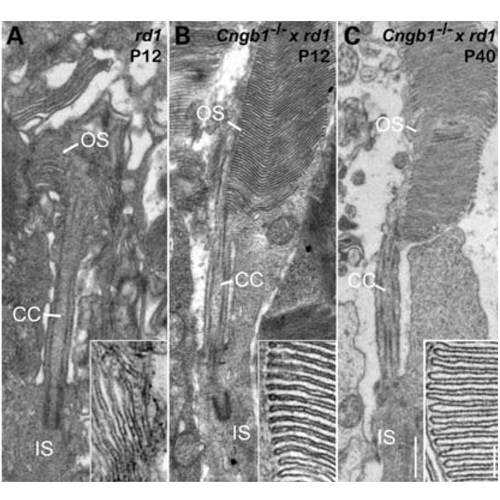HCN3 Contributes to the Ventricular Action Potential Waveform in the Murine Heart
09-Sep-2011
Circulation Research, 2011, doi: 10.1161/CIRCRESAHA.111.246173, published on 09.09.2011
Human Molecular Genetics, online article
Human Molecular Genetics, online article
Rationale: The hyperpolarization-activated current Ih that is generated by hyperpolarization-activated cyclic nucleotide-gated channels (HCNs) plays a key role in the control of pacemaker activity in sinoatrial node cells of the heart. By contrast, it is unclear whether Ih is also relevant for normal function of cardiac ventricles. Objective: To study the role of the HCN3-mediated component of ventricular Ih in normal ventricular function. Methods and Results: To test the hypothesis that HCN3 regulates the ventricular action potential waveform, we have generated and analyzed a HCN3-deficient mouse line. At basal heart rate, mice deficient for HCN3 displayed a profound increase in the T-wave amplitude in telemetric electrocardiographic measurements. Action potential recordings on isolated ventricular myocytes indicate that this effect was caused by an acceleration of the late repolarization phase in epicardial myocytes. Furthermore, the resting membrane potential was shifted to more hyperpolarized potentials in HCN3-deficient mice. Cardiomyocytes of HCN3-deficient mice displayed approximately 30% reduction of total Ih. At physiological ionic conditions, the HCN3-mediated current had a reversal potential of approximately −35 mV and displayed ultraslow deactivation kinetics. Conclusions: We propose that HCN3 together with other members of the HCN channel family confer a depolarizing background current that regulates ventricular resting potential and counteracts the action of hyperpolarizing potassium currents in late repolarization. In conclusion, our data indicate that HCN3 plays an important role in shaping the cardiac action potential waveform.











